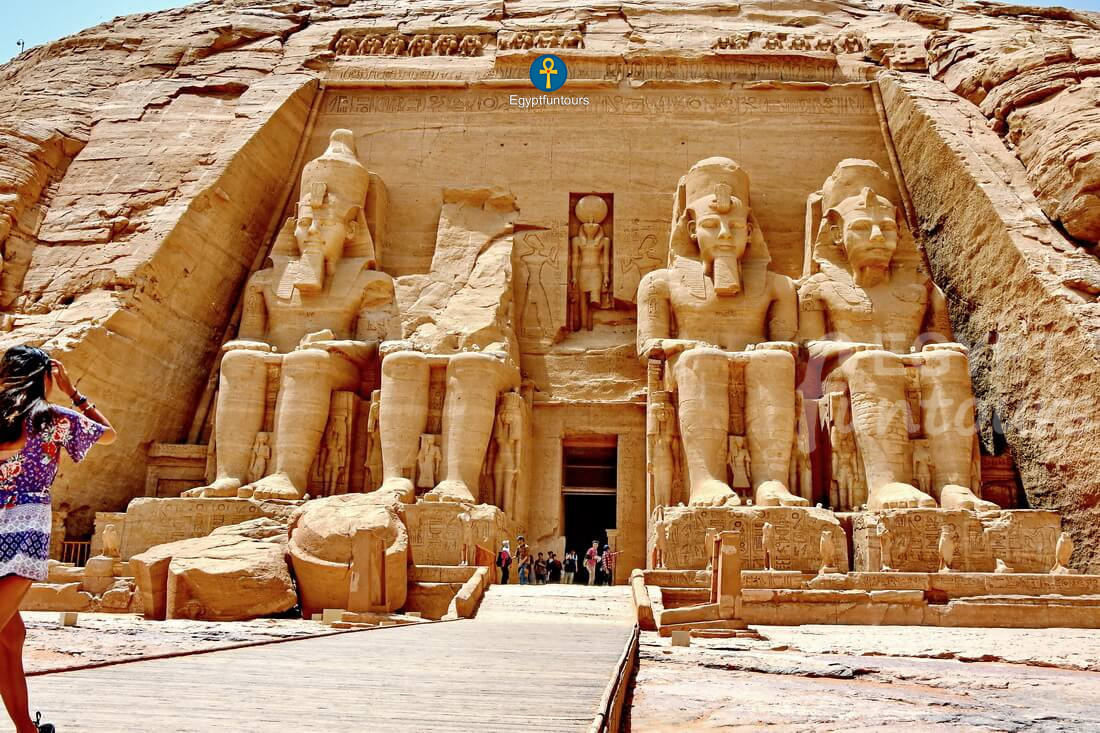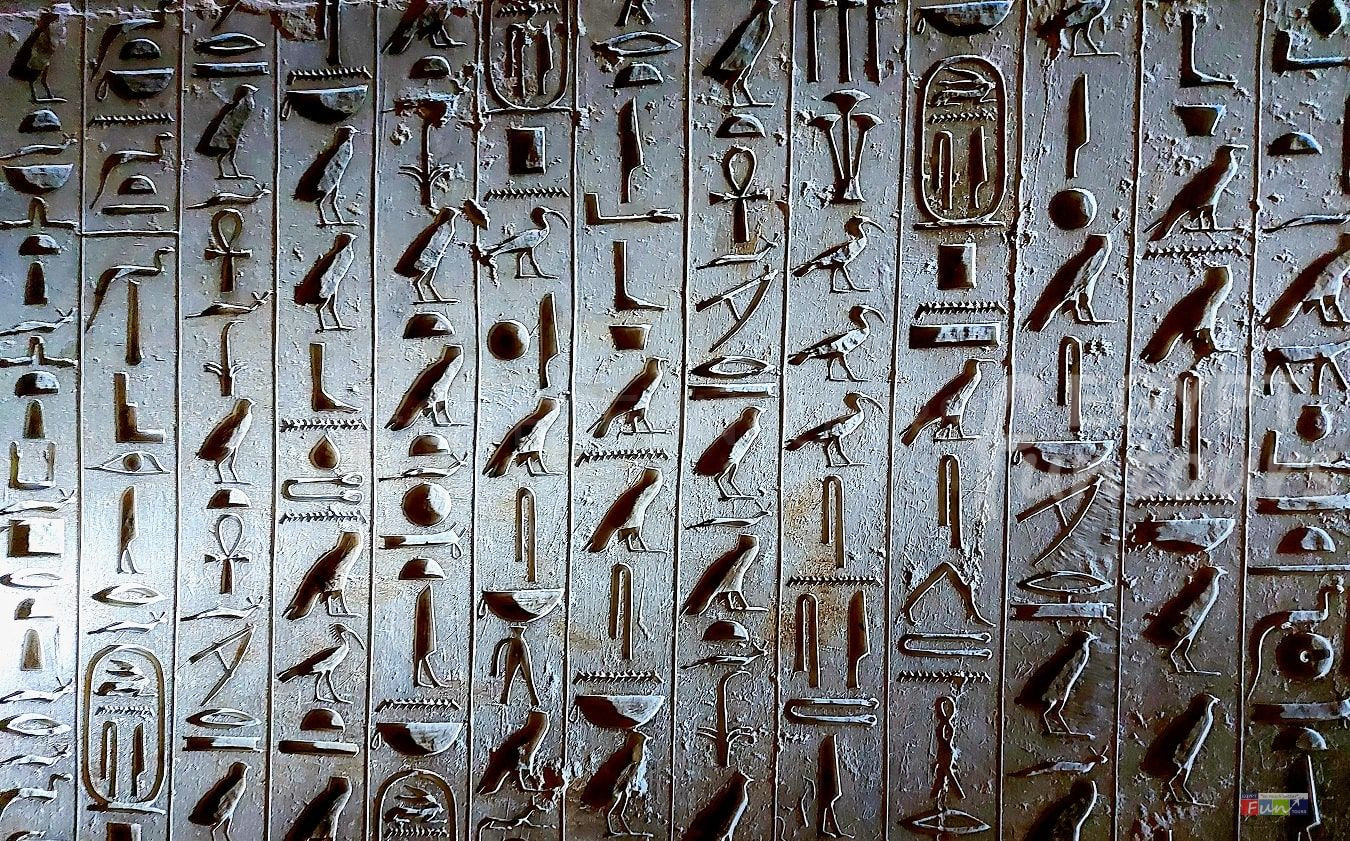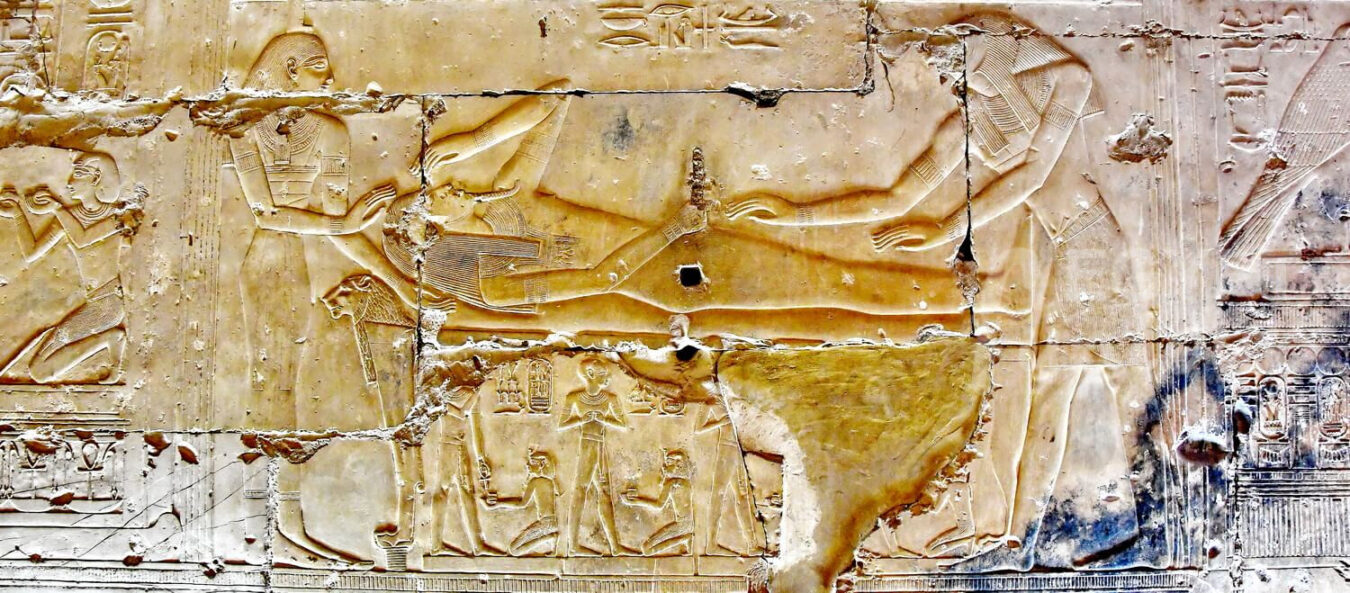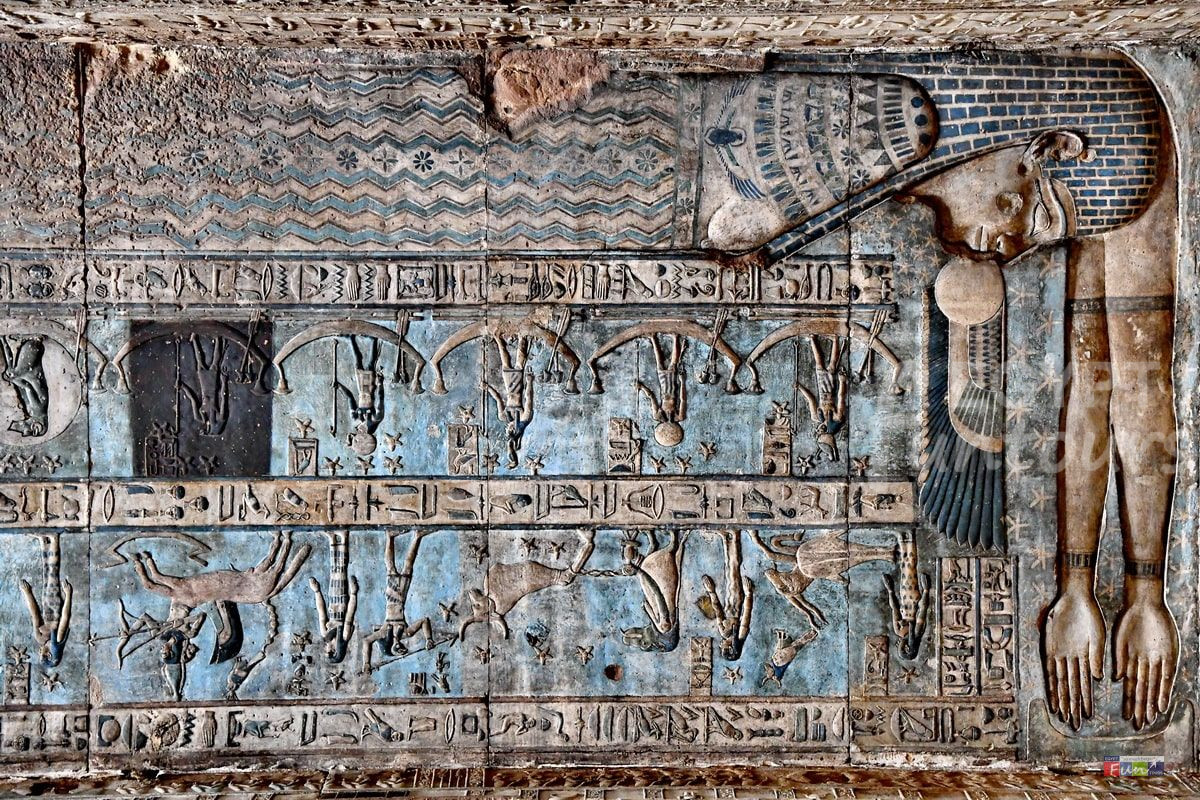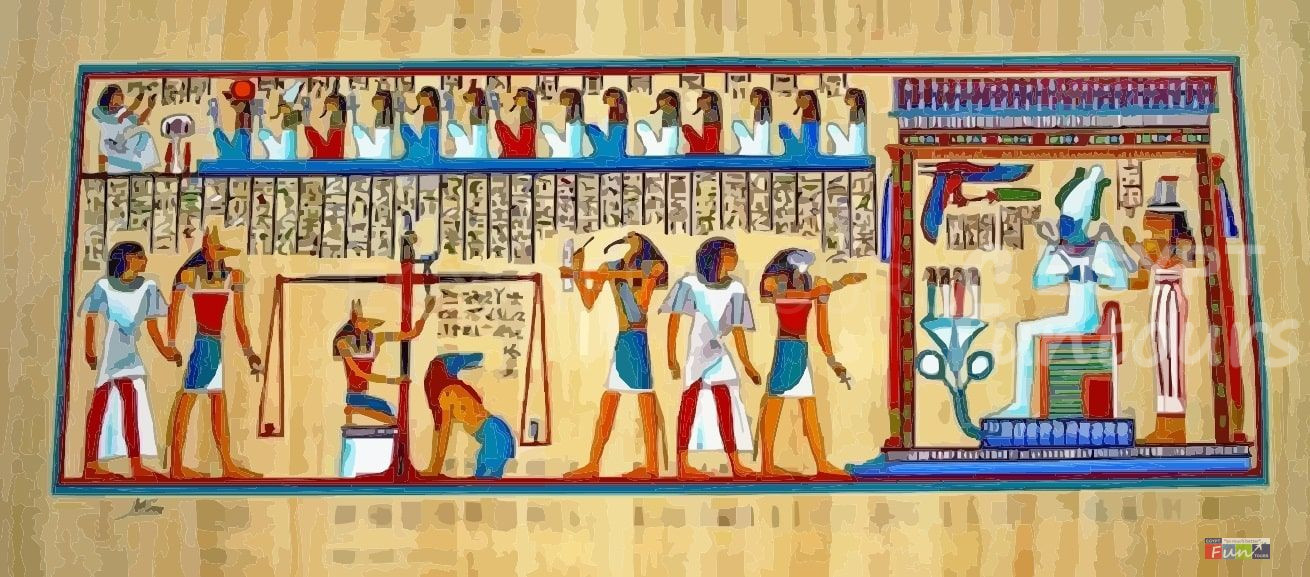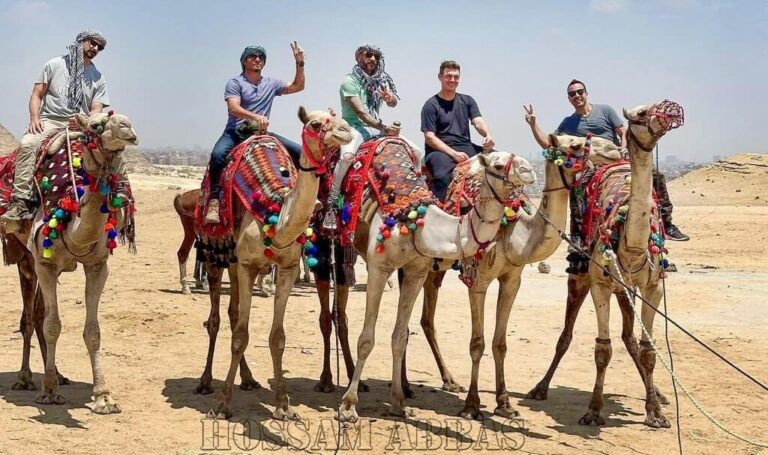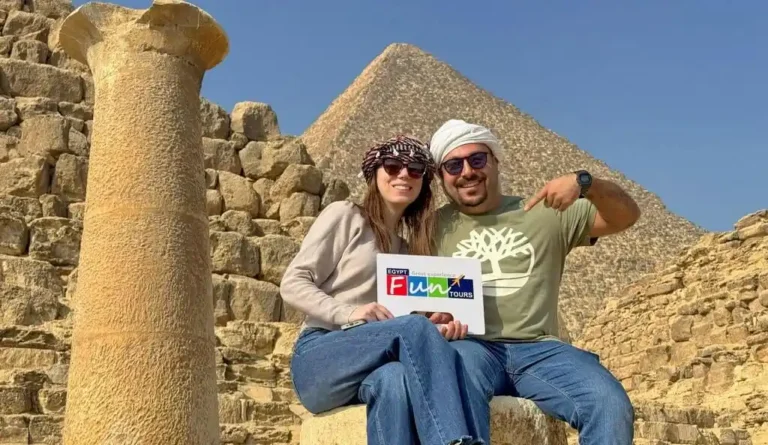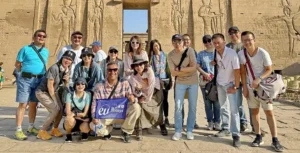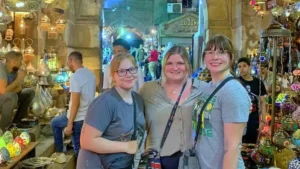Ancient Egyptian Religion
The ancient Egyptian religion was born from a deep reflection on existence and the natural world. This complex religious system combined various beliefs, rites, and practices centered on numerous gods while maintaining a shared focus on the divine realm. For the ancient Egyptians, religion was a central part of life, influencing everything from daily routines and ceremonies to their relationships with pets and food.
The ancient Egyptian religion was multifaceted, encompassing magic, mythology, medicine, science, and spiritualism. This rich tapestry of thought gave them a profound understanding of concepts like a higher power and the afterlife. Egyptians believed life on Earth was a journey to the next life. To reach the afterlife, they felt one must live a life of significance, a core principle of their religion.
Ancient Egyptian Religion Facts
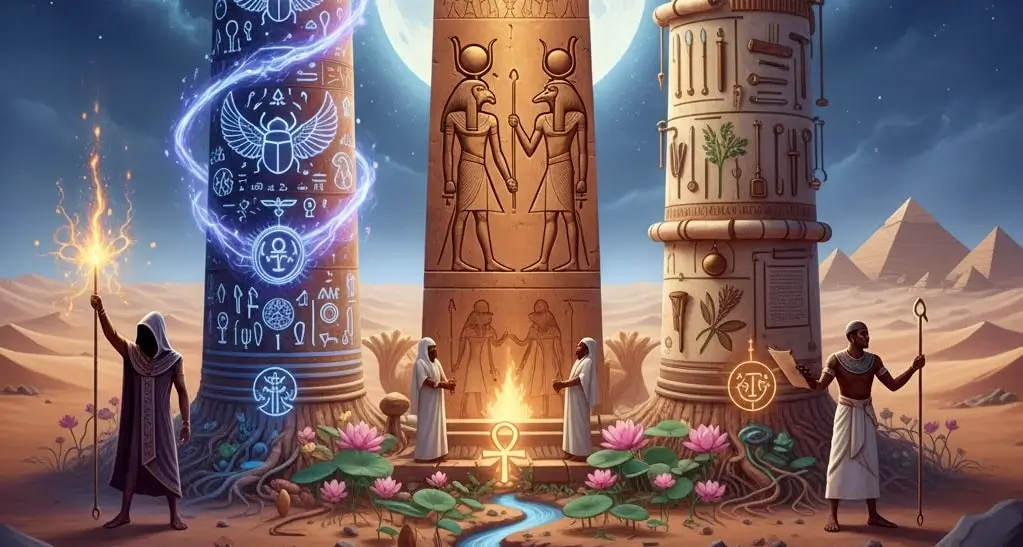
Religions have one source, and this is regarded as the foundation upon which nations construct their own beliefs as they watch and interact with their surroundings. The ancient Egyptians employed tales about the beginning of creation and the formation of the world and the heavens.
Belief in god’s kingdoms and the divine realm, as well as the kings as the connection between ordinary people and the divine. The high spirits of deities resided in the human bodies of the Royals, sons, and daughters of divines were in charge of maintaining the universe’s equilibrium as well as educating people that the holy souls of gods offer humanity both this life and everlasting life.

